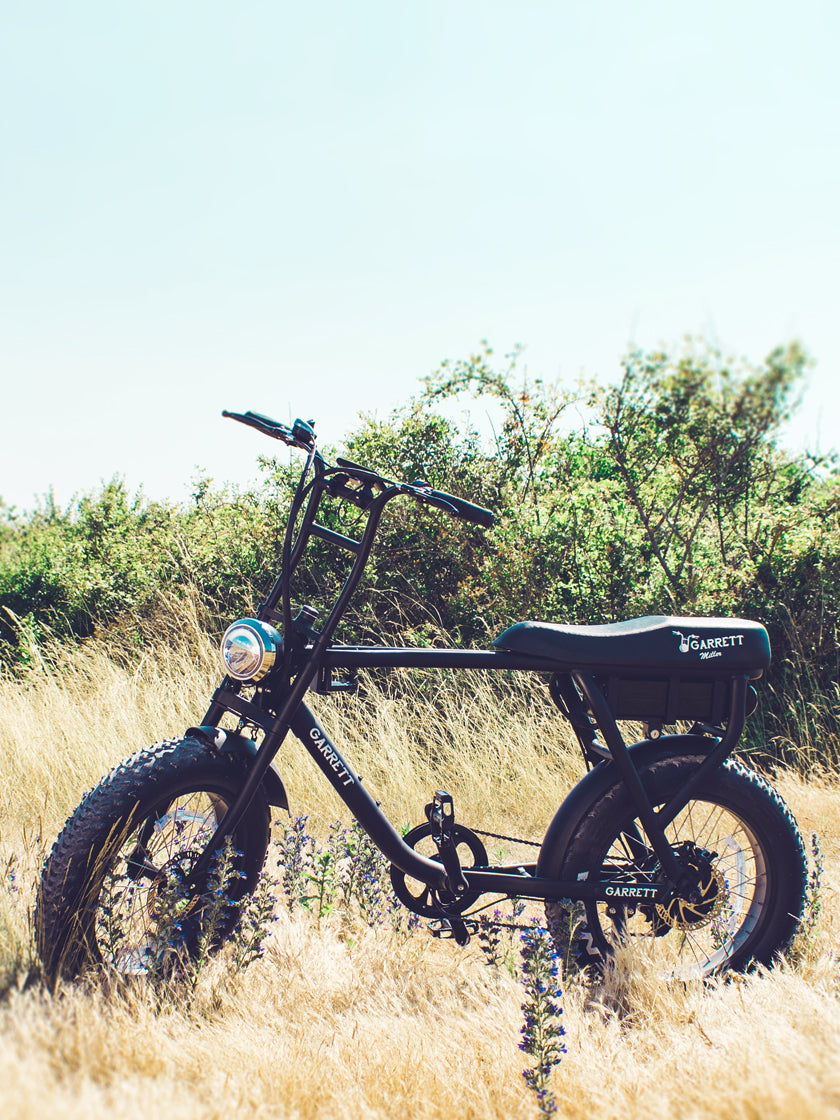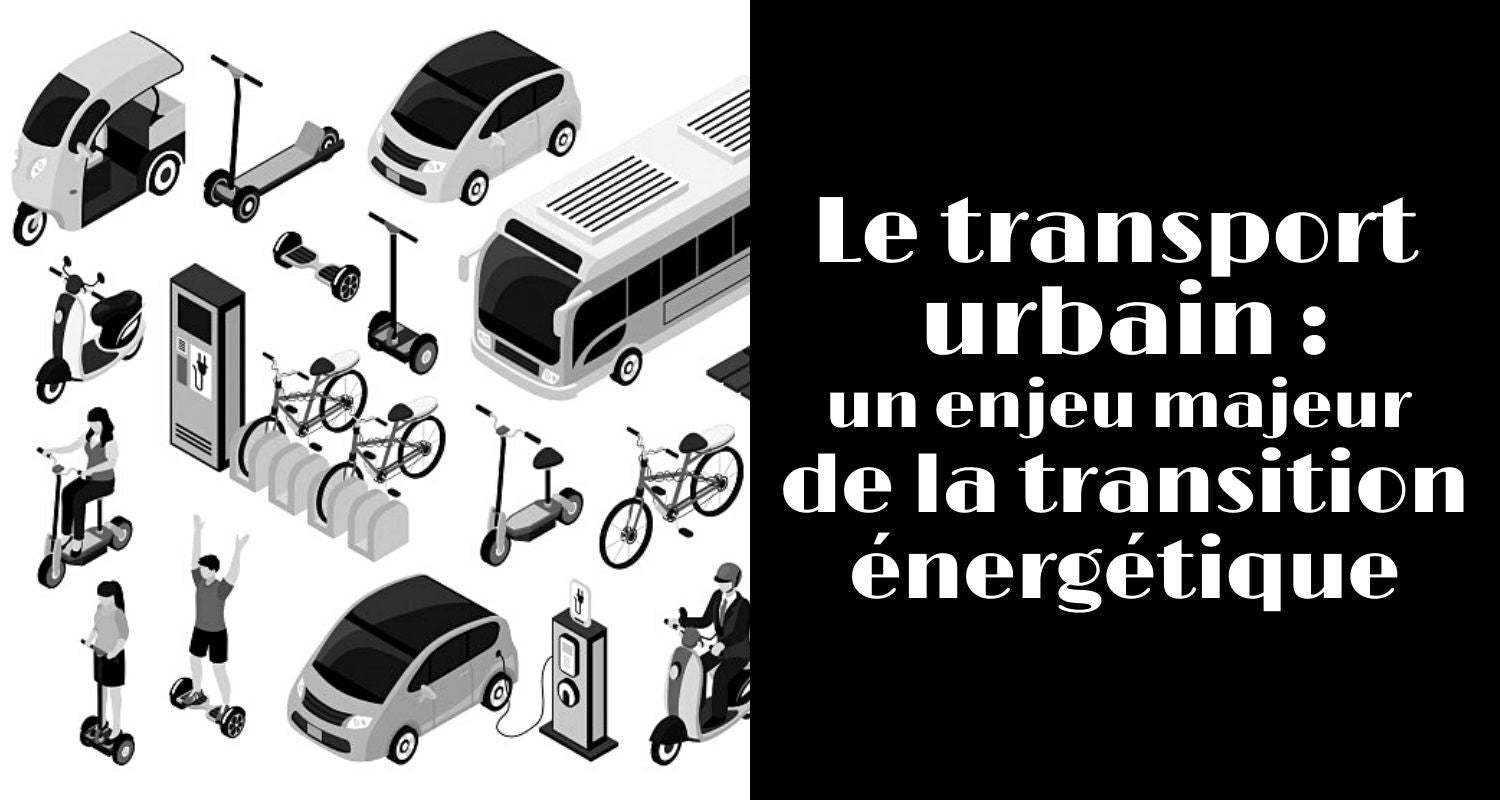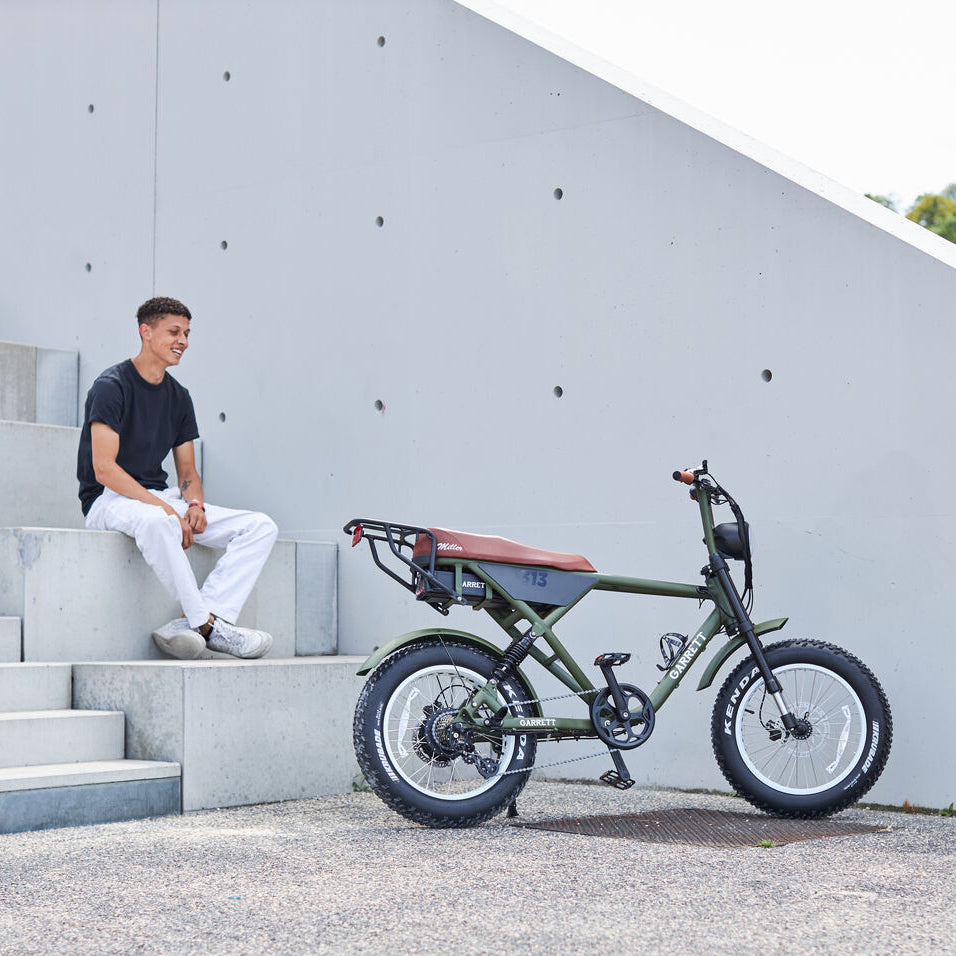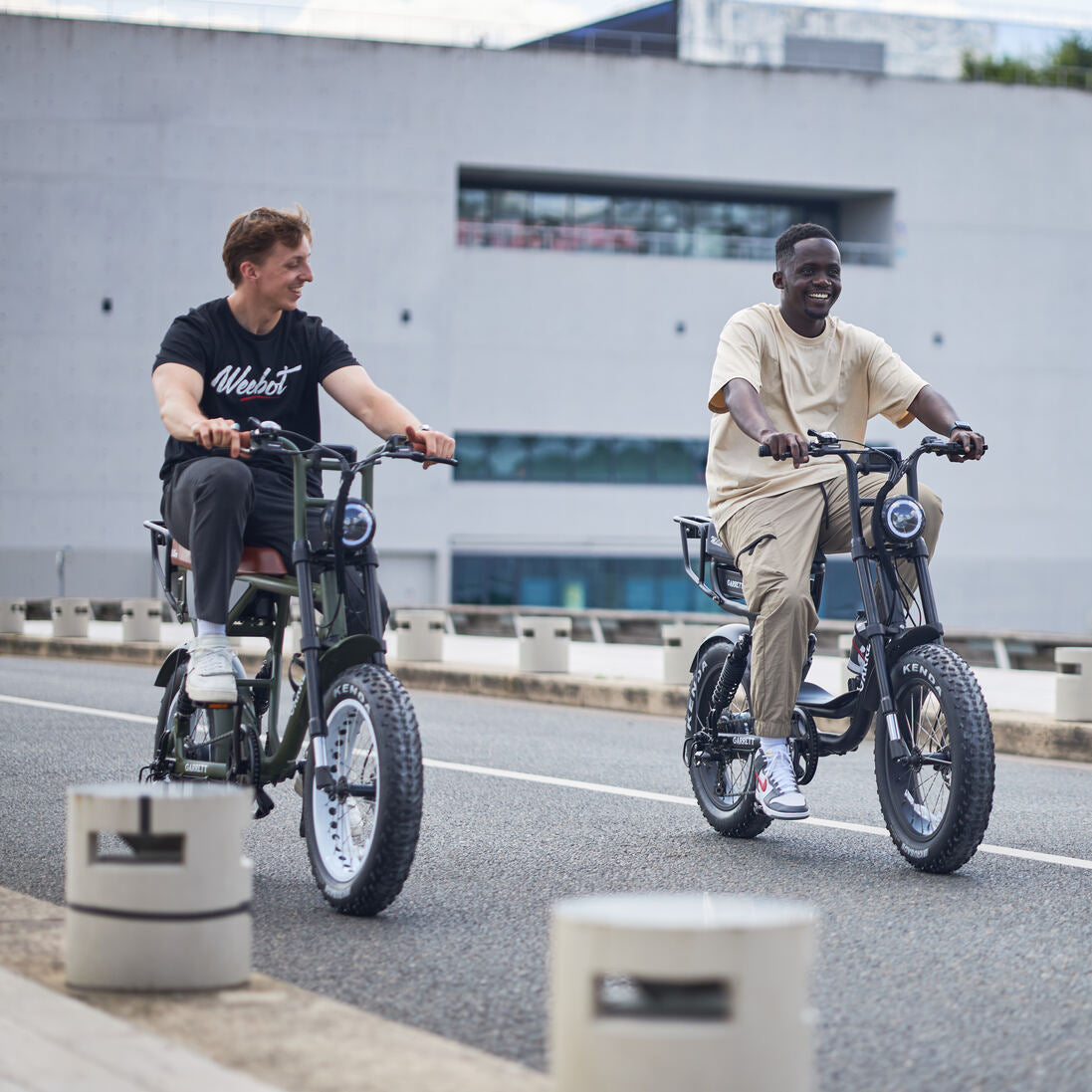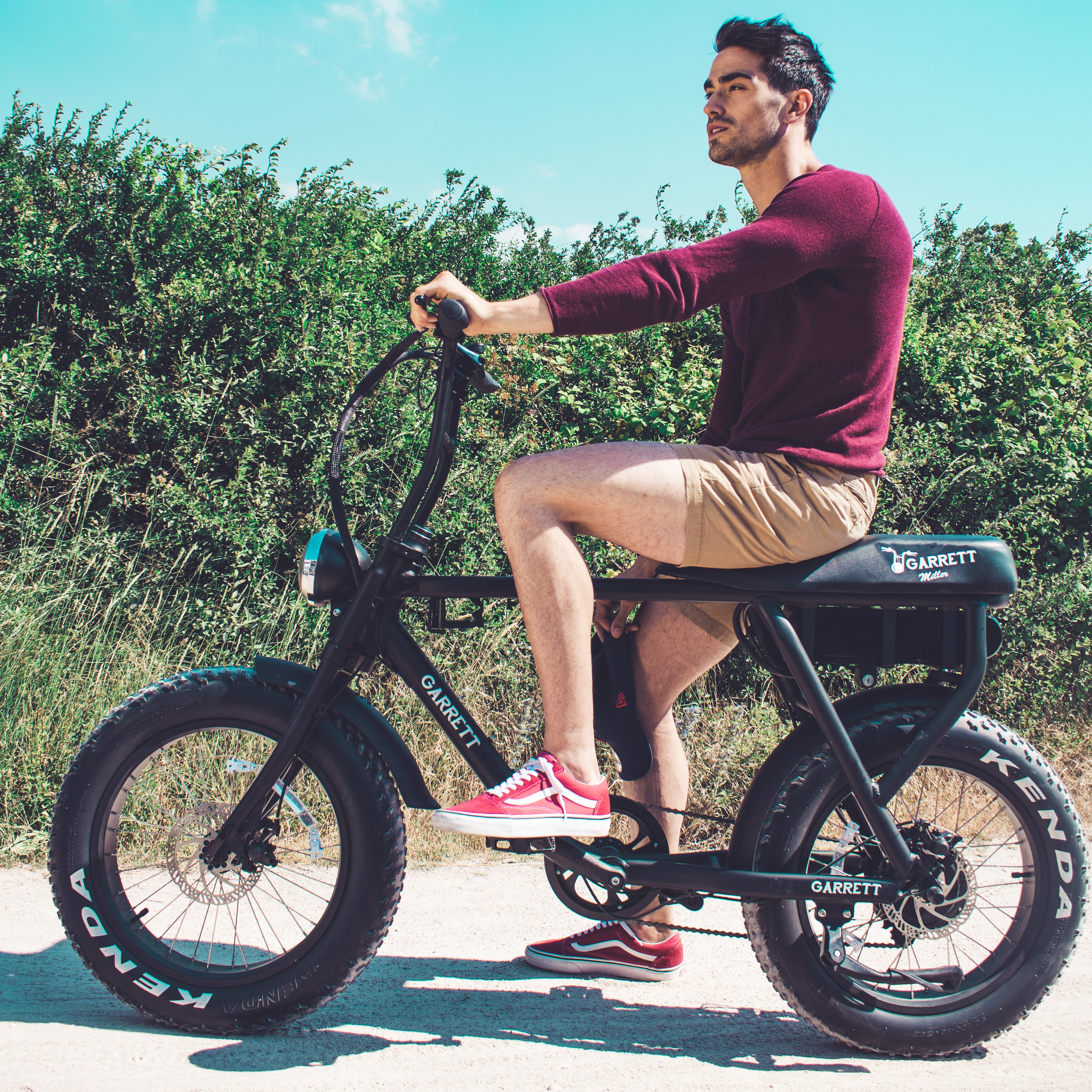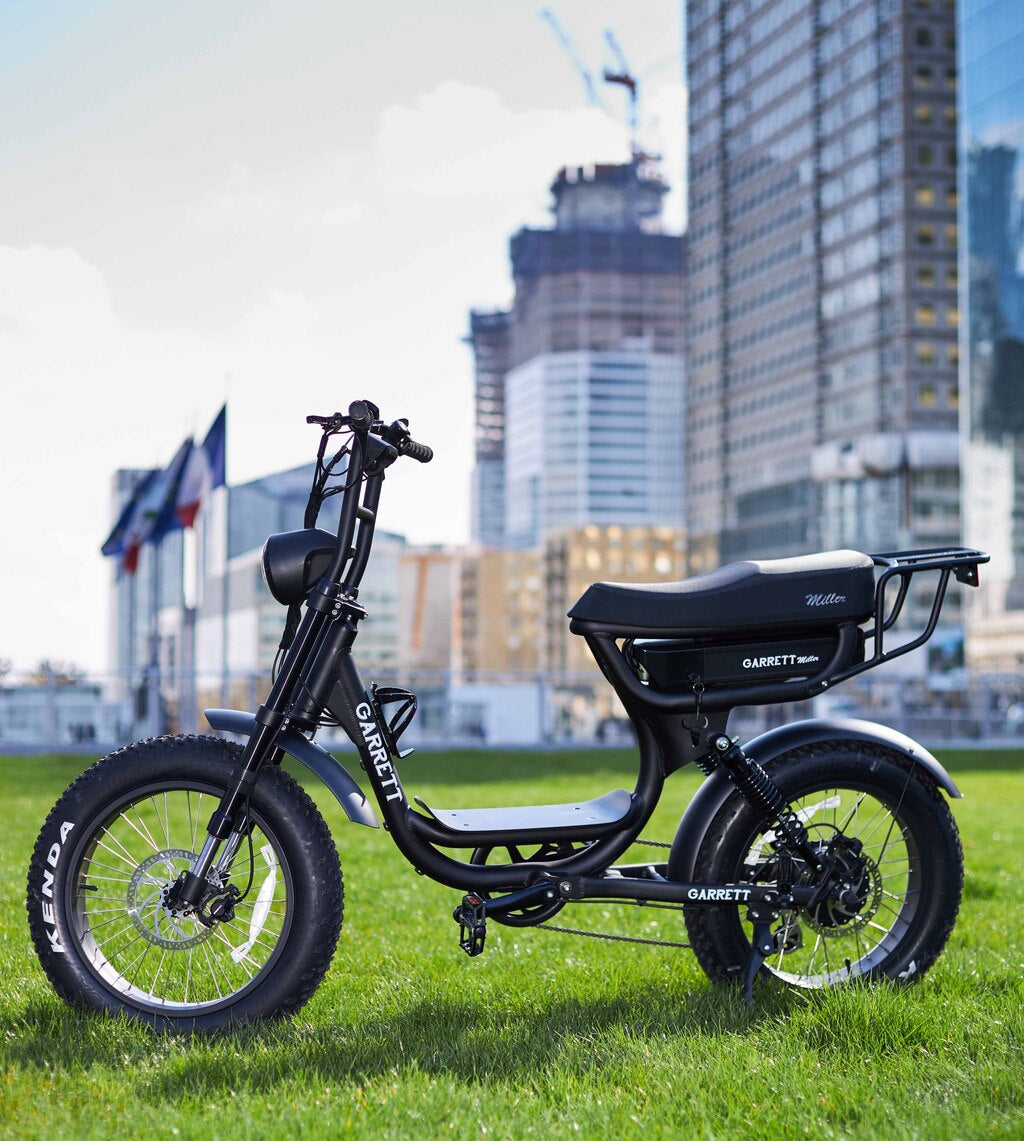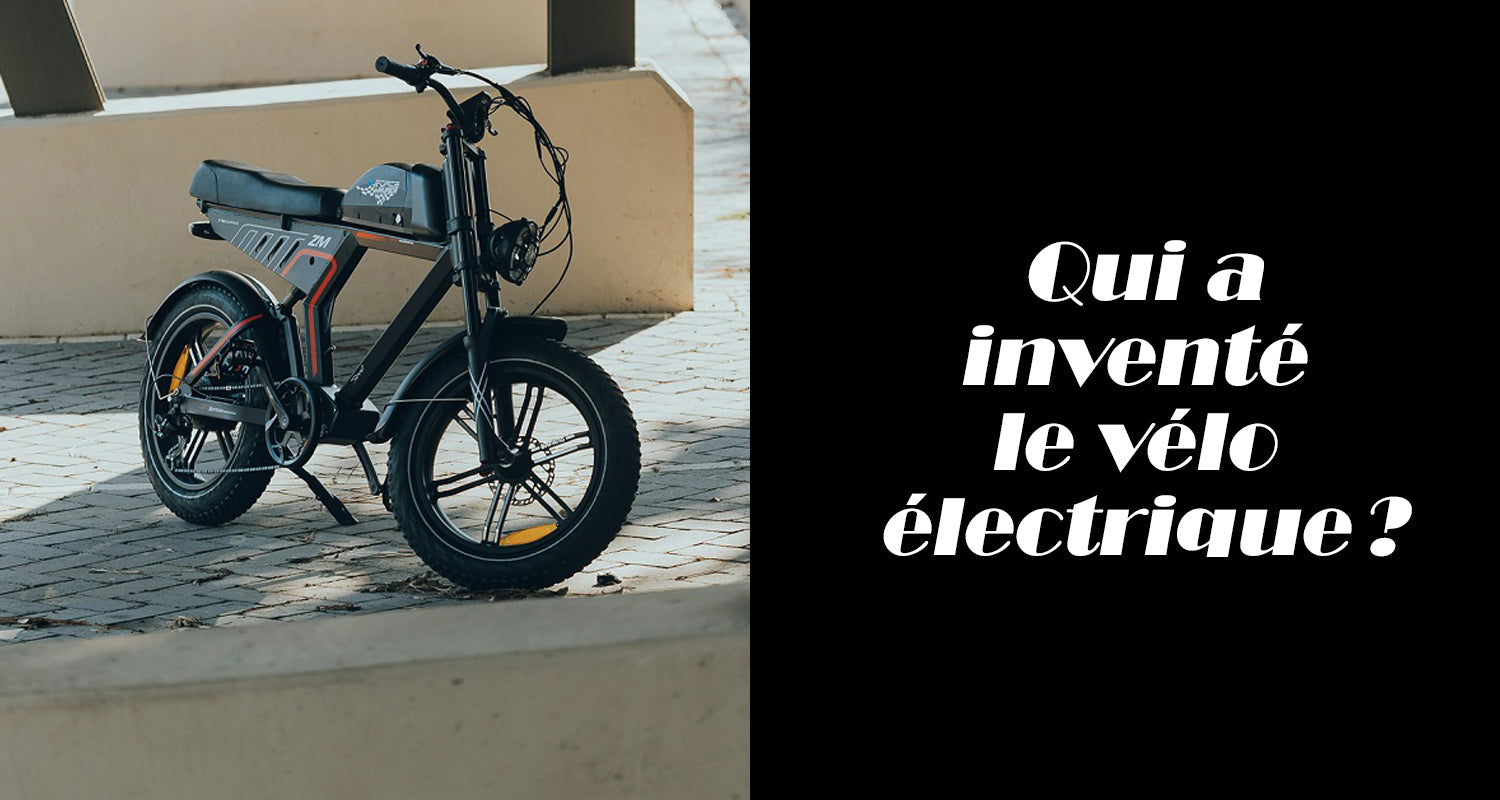Repeated strikes in public transport, the global pandemic, the increase in cycle paths, purchase aids are all factors that have favored the development of cycling in France over the past 2 years.
According to the professional association Union Sport et Cycle, bicycle sales increased by 117% between 2019 and 2020. This testifies to a real bicycle boom in the territory since the deconfinement.
You have surely noticed that since May 2020, it has been very complicated to get an electric bike . Whether in mass distribution, in specialized stores or via e-commerce giants, the sector is experiencing a global shortage . We will explain why in this article.

1. A record year
Despite the troubled times caused by the current economic climate, bicycle sales continue to explode . The sector is not experiencing the crisis and the electrically assisted bicycle (VAE) continues to reach records. The cycle sector is experiencing a sharp increase in demand.
Many countries have made cycling a travel option to respect barrier gestures to deconfinement. This strategy has made it possible both to accelerate the ecological transition already initiated by the Paris climate agreements and also to promote new means of travel to limit contamination linked to COVID.
Here are some figures on this exponential growth:
- 3 billion euros in turnover for sales of bicycles, peripherals and accessories in 2020 , an increase of 25% compared to 2019 (as with the leader Schwinn bike ) .
- +1.7% in volume to reach nearly 2.7 million bicycles sold .
- 514,672 units of VAE sold in 2020, i.e. 19% of the market: an increase of +29% in volume compared to 2019.
- In value terms , the change is even clearer: +58% increase in turnover. With 56% of total turnover, e-bike sales will exceed one billion euros in 2020. For the first time, the e-bike market in value exceeds that of conventional bicycles.
- The city bike remains the most sold (40% market share), the electrically assisted mountain bike ranks second (+46% in volume). The market is seeing the emergence of the folding bike (+95%), the road bike (+215%). Even more spectacular and witness to the evolution of practices, the electrically assisted cargo bike (+354% for 11,000 units sold).
- According to CONEBI (Confederation Of the European Bicycle Industry), sales of electric bicycles are expected to increase from 3.6 million units in 2019 to 11 million in 2025 in Europe !
- 514,000 electric bikes were sold in 2020 compared to 15,000 in 2008.

2. A disorganized industry
Faced with the scale of the phenomenon and fluctuations in the health situation, the industry is struggling to adapt, going so far as to question the entire production chain .
The bicycle industry has been strongly impacted by the delivery times of parts and accessories from producing countries . You should know that a bike is an assembly of elements that come mostly from the same factories, spread all over the world. These producers have all been affected by the pandemic but on different dates from each other.
In addition, employees could not necessarily travel to work depending on the contamination. All these events are the causes of the extended delivery times that we all experience .
The gradual relocation of the cycle market could provide solutions to one of the main challenges: supply. Manufacturers have and will have difficulties related to the supply chain. Demand has been anticipated and orders placed, but suppliers are slipping their deadlines. On the retailers' side, stock shortages occurred quickly, generating long delivery times.
Several expenditure items have been impacted by the health crisis. The first of these is transportation. Indeed, whereas a year ago, the container from China was worth around 2000 dollars, today you have to spend 8000 dollars for the same container. The price of road transport has also increased significantly in Europe over the past few months.
The second item is the cost of raw materials, which has risen sharply due to the explosion in global demand (especially for materials related to electric vehicles) and the change in exchange rates to the detriment of EU countries European.

Are we going to see a return to French production?
In 2020, nearly 660,700 bicycles were assembled in France , including 261,000 VAE. This is a positive point for jobs and the national economy. Assemblers are planning a 40% increase in cycle production in France in 2021.
When will it be back to normal?
Industrialists in the sector do not expect a return to normal before 2022/2023. This is a long job that requires setting up long-term strategies to get a complete industrial sector back on track.
Just go around the bike shops to realize the stock shortages. Delivery times are between 6 to 12 months. Although the electric bicycle has become a rare commodity, we cannot yet pronounce the word shortage but it is true that the high demand has ended up causing a bottleneck.
The parts needed to assemble the bike, which are not produced in France, now take more than 6 months to arrive compared to 3 months previously.
It will therefore be necessary to carefully study the situation, find funding and secure sources of supply in order to regain long-term stability.
To be continued...

